According to Spaceworks , a group of scientists in Switzerland are growing tiny brains from human stem cells. They believe that in the future, these brains could become the “heart” of biological computers, helping to save energy and learn like humans.

Scientists at FinalSpark lab use stem cells to develop biological computers (Photo: FinalSpark).
In the town of Vevey, in the canton of Vaud, Switzerland, Dr. Fred Jordan and his colleagues at the FinalSpark laboratory are pursuing a bold direction.
Instead of programming conventional silicon chips, they are looking for ways to get human neurons to actually learn and process information. The ultimate goal is to create “living servers” that can react and remember, operating much more efficiently than today’s computer systems.
From human skin cells to tiny brains
At FinalSpark labs, the journey begins with human skin cells legally obtained from clinics in Japan.
Scientists turned them into stem cells, then cultured them in a special environment to form small white spheres called organoids.
Each organoid is about the size of a grain of rice but contains thousands of neurons and other supporting cells. Although they are far less complex than the human brain, they share the same basic structures and electrical responses, said Dr. Flora Brozzi, a cell biologist on the research team.
Once mature, the organoids were attached to tiny electrodes connected to a computer. Every time the experimenter pressed a key, an electrical signal was transmitted through the system and displayed on a screen as a miniature map of neural activity.
According to Brozzi, it's evidence that the neurons in the organoids can sense, respond, and gradually learn to process information.
The biggest challenge is keeping the artificial brain “alive”
Maintaining the functioning of a tiny brain is no easy task. These organoids are very delicate and require a near-constant supply of nutrients and a stable environment.
After four years of testing, the FinalSpark team has helped organoids live for up to four months, a significant step forward in the field of biocomputing.
They also noted a peculiar phenomenon before the organoids stopped working: electrical signals often appeared in bursts like a rapid heartbeat. Although they cannot fully explain this, it suggests that the neuron clusters may have reached a state of much more complex interaction than before.
The race to create learning computers
FinalSpark is not the only company pursuing the idea of combining biology and technology. In Australia, Cortical Labs announced that it had trained a group of artificial neurons to play the computer game Pong.
In the US, researchers at Johns Hopkins University are also developing “mini brains” to learn how humans process information, thereby paving the way for treating neurological diseases such as Alzheimer's or autism.
Dr. Lena Smirnova, who is in charge of the research at Johns Hopkins University, said that biocomputers are not intended to completely replace existing chips, but will assist humans in simulating pathology, researching drugs and minimizing the use of animals in experiments.
Experts assess that the technology of “brain cultivation for calculation” is still in its very early stages.
But the potential is enormous. One day, these “brains in a test tube” could become the basis for computer systems that learn, remember, and adapt, something that only humans have been able to do before.
Source: https://dantri.com.vn/khoa-hoc/phong-thi-nghiem-nuoi-nao-mini-de-van-hanh-may-tinh-20251008064509797.htm



![[Photo] Discover unique experiences at the first World Cultural Festival](https://vphoto.vietnam.vn/thumb/1200x675/vietnam/resource/IMAGE/2025/10/11/1760198064937_le-hoi-van-hoa-4199-3623-jpg.webp)






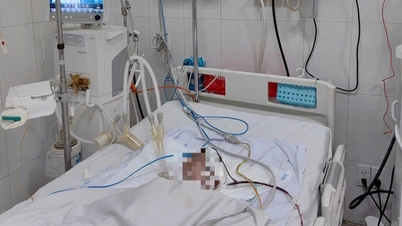
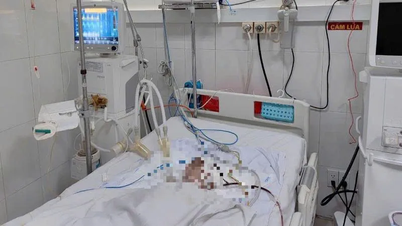

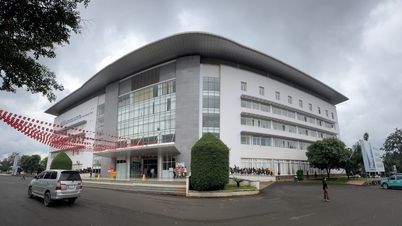

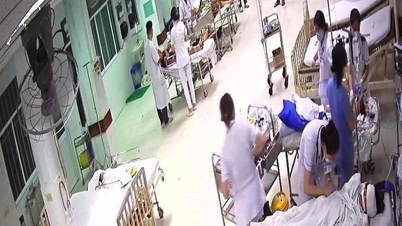

![[Video] Applying high technology combined with traditional medicine in disease treatment](https://vphoto.vietnam.vn/thumb/402x226/vietnam/resource/IMAGE/2025/10/12/1760243672036_dung00-jpg.webp)






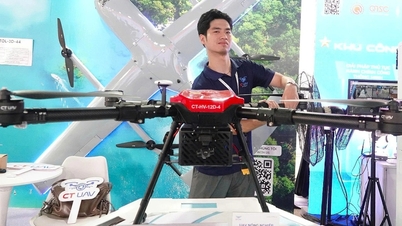




![[Photo] General Secretary attends the parade to celebrate the 80th anniversary of the founding of the Korean Workers' Party](https://vphoto.vietnam.vn/thumb/1200x675/vietnam/resource/IMAGE/2025/10/11/1760150039564_vna-potal-tong-bi-thu-du-le-duyet-binh-ky-niem-80-nam-thanh-lap-dang-lao-dong-trieu-tien-8331994-jpg.webp)



























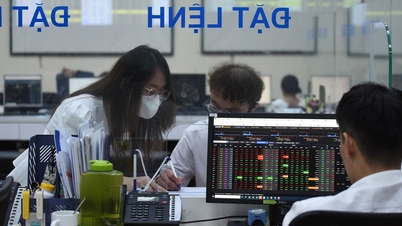



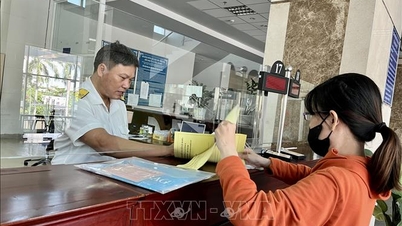





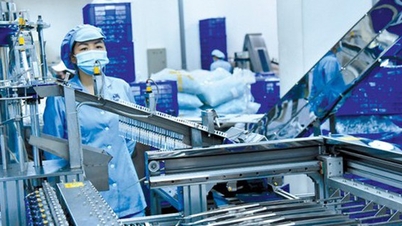

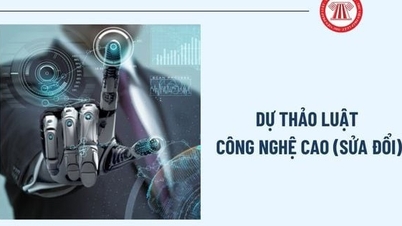
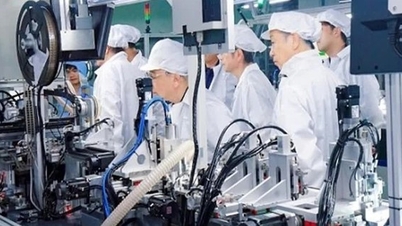


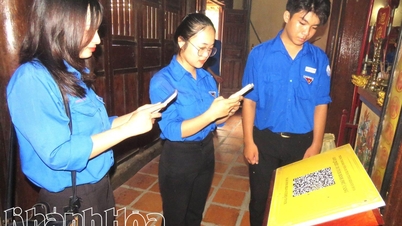

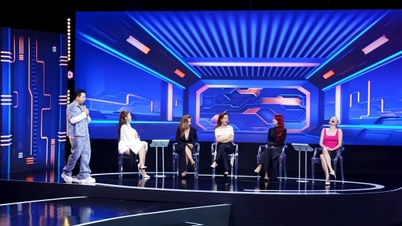





















Comment (0)